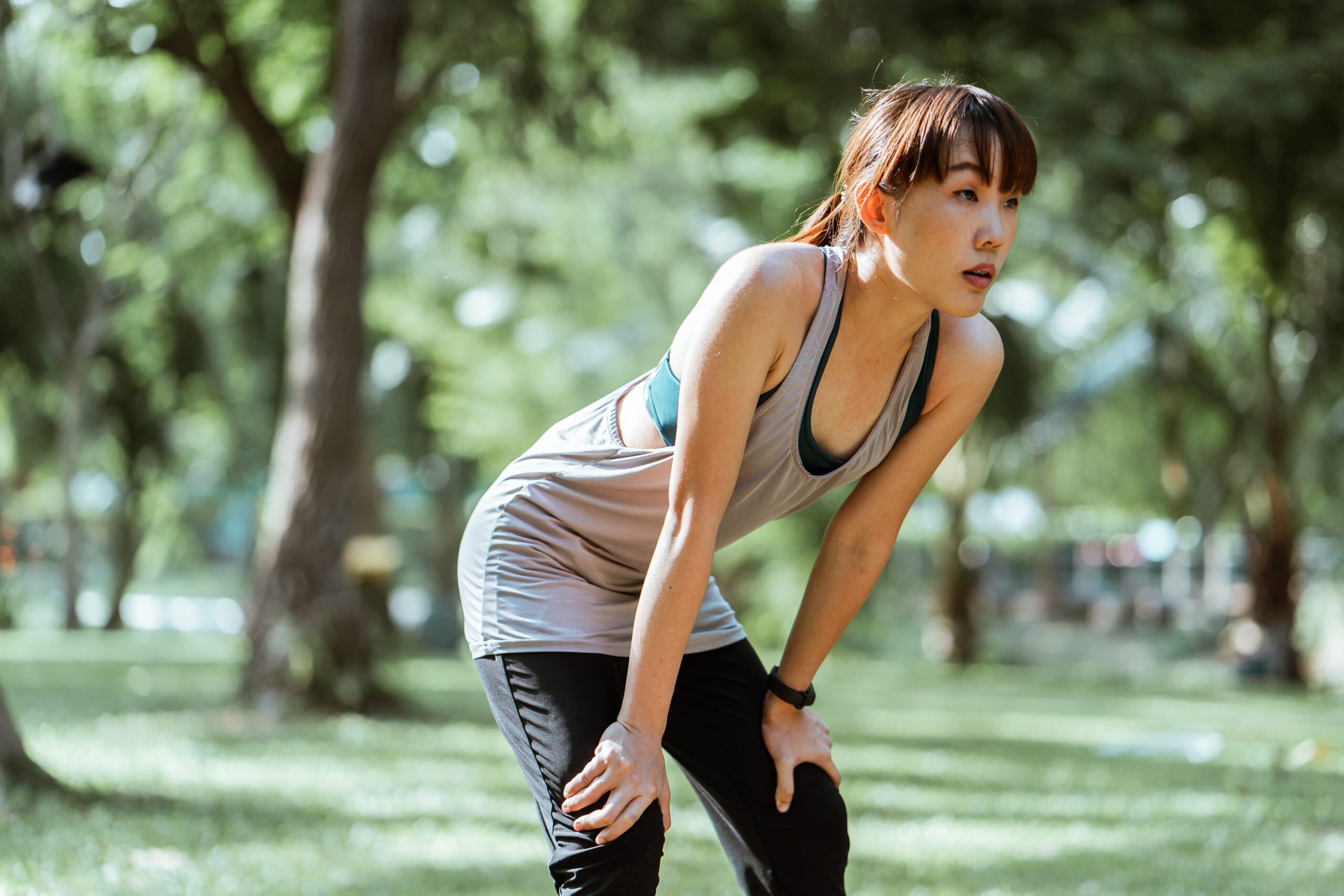A third of Britons would consider new and emerging active recovery treatments to improve their sporting performance, according to new research.
As a proportion of the population embarked on new fitness regimes during lockdown to reduce the risk and severity of coronavirus, 32.9% of Britons said they would seek out treatment to perform physically at a higher level.
The findings, published in the Everyday Elite Report commissioned by CryoAction, which looks at the growing health and fitness habits of the British public, have identified a growing appetite for treatment, therapies and supplements that improve health and wellness, and sporting performance.
Research found that the main reason for finding ways to recover from exercise quicker was to keep them injury-free (46%), while 41% said it would mean they could continue to train as often and intensely as they get older. More than a third (35%) would engage in active recovery to improve their personal best, and more than a quarter (27%) said they wanted to perform at a high level.
The most common method of active recovery was sports massage and physiotherapy, with almost one in three (30%) saying this was currently offered at their gym or leisure centre. More than a quarter (26%) of all fitness centres currently offer yoga, while products such as nutritional supplements, supports and tape, and anti-inflammatory medicines or gels, were currently available in 15% of venues.
Ian Saunders, director of CryoAction, said: “It’s great to see a considerable proportion of the public take their health and wellbeing more seriously, with over half of Brits taking up a new form of exercise during lockdown. It is also encouraging to see a large amount of these people recognise the need for proper recovery too.
Simply stretching or foam rolling can make a considerable difference to the recovery of muscles, however there are also some activities, such as cryotherapy, that can boost recovery in a higher percentage of the body in one go.”
Among the new and emerging methods of active recovery unveiled by the report, flotation tanks were on offer in 14.1% of sporting facilities, and cryochambers were in operation at 5.6%.
Ian Saunders, continued: “There is a clear opportunity for sports, health and wellness businesses to focus on recovery and diversify their offering into post-workout treatments and activities, especially as our research suggests that customers are more likely to prioritise these activities in order to maximise recovery and performance. A person that is fitter and pain-free is likely to be a happier customer, and also take part in more exercise sessions and classes, often resulting in a higher spend at the facilities where they are a member. It is therefore in the interest of gyms, fitness and wellness centres to offer active recovery as part of their services.
“The curiosity around new services from customers can unlock new commercial opportunities for gyms, spas and beauty businesses who have the vision to invest in the future. The fitness and wellness centres which are implementing new equipment and facilities are already reaping the commercial benefits. Our research helps to demonstrate that those which don’t, risk being left behind.”
CryoAction is a leader in the development and supply of cryotherapy chambers. It has installed chambers for elite sports people, major sports franchises and the general public across the world, in stadia, spas, gyms, training grounds and domestic residences.
To find out more about CryoAction, its extreme cold chambers, and whole-body treatment, and its Everyday Elite Report, visit www.cryoaction.com.
